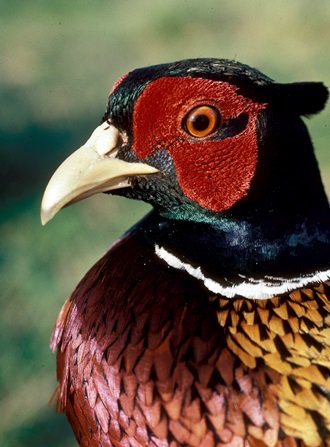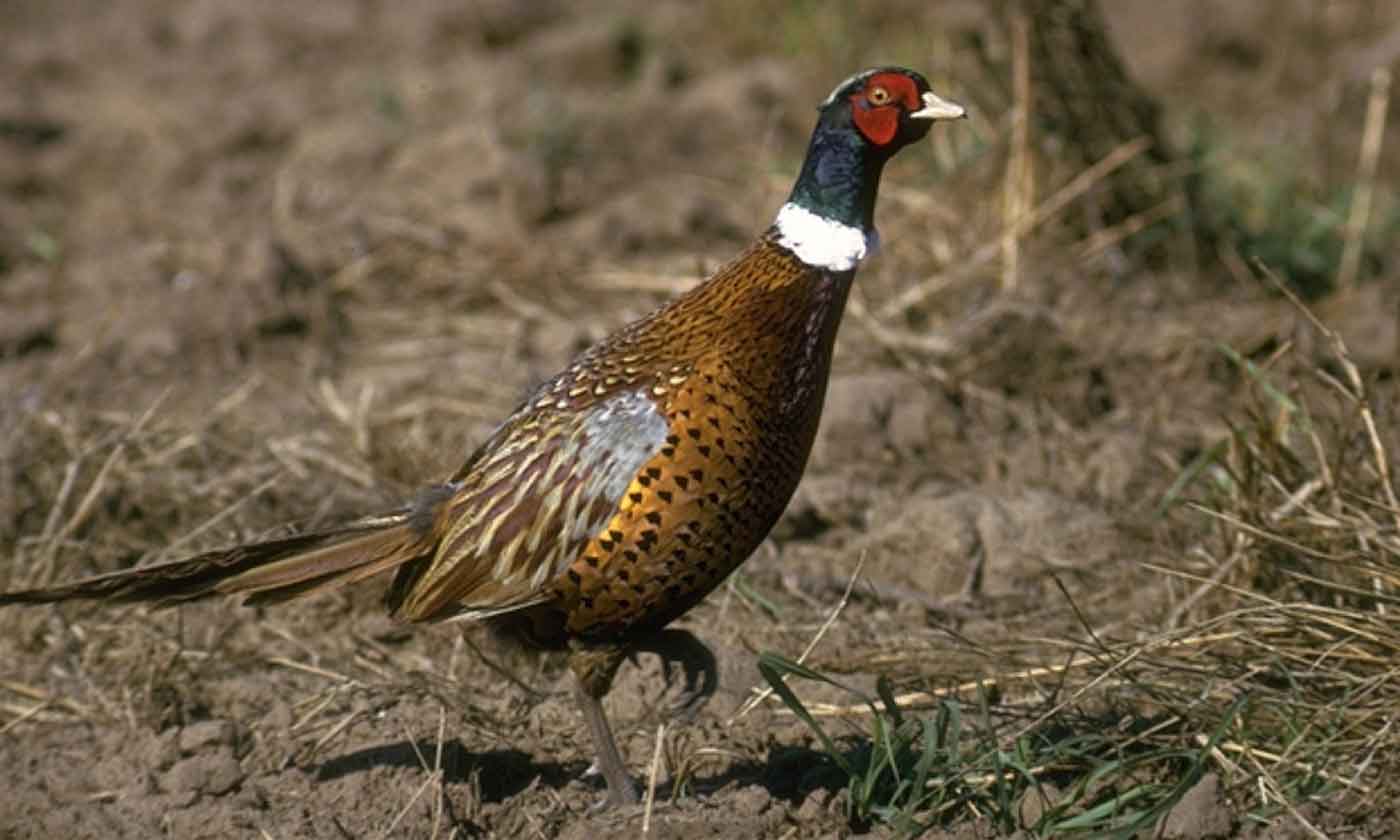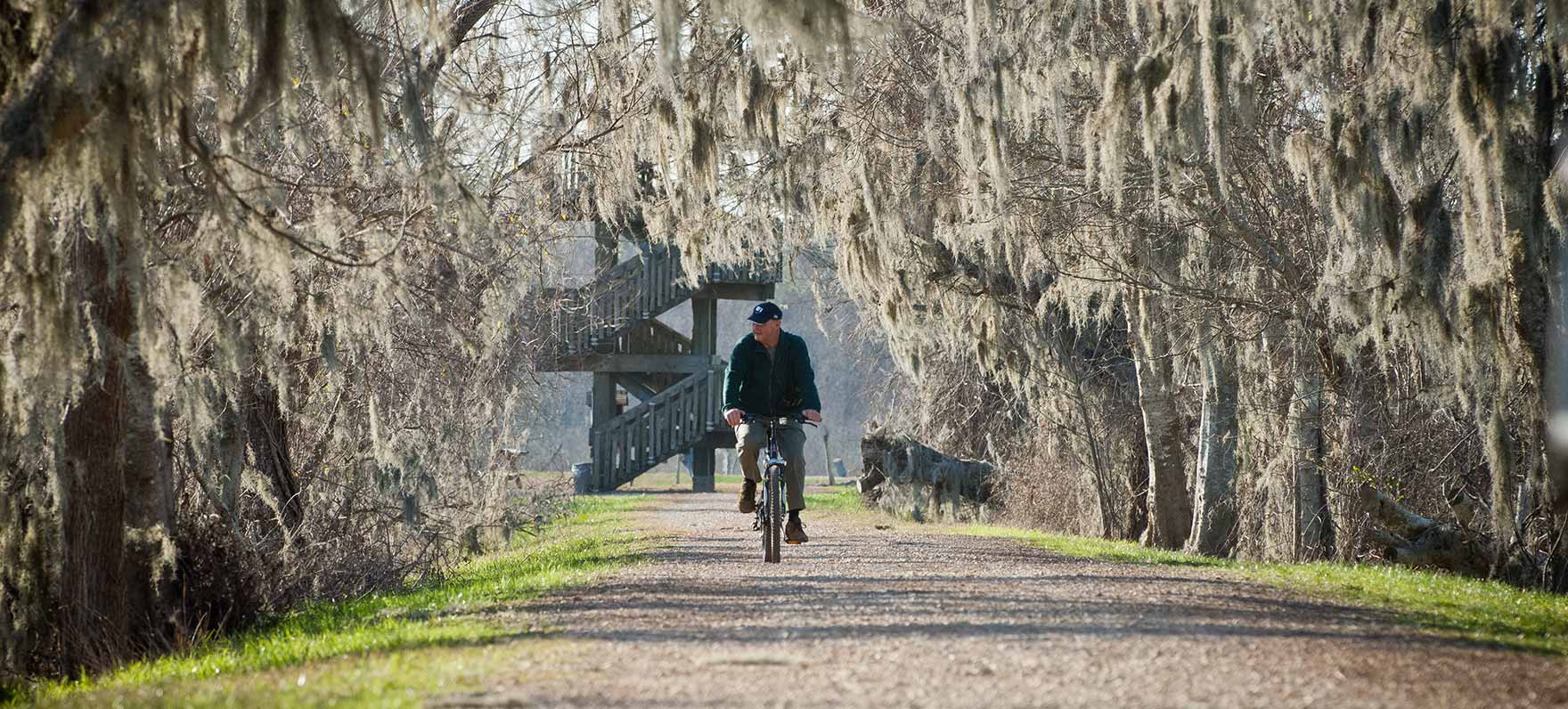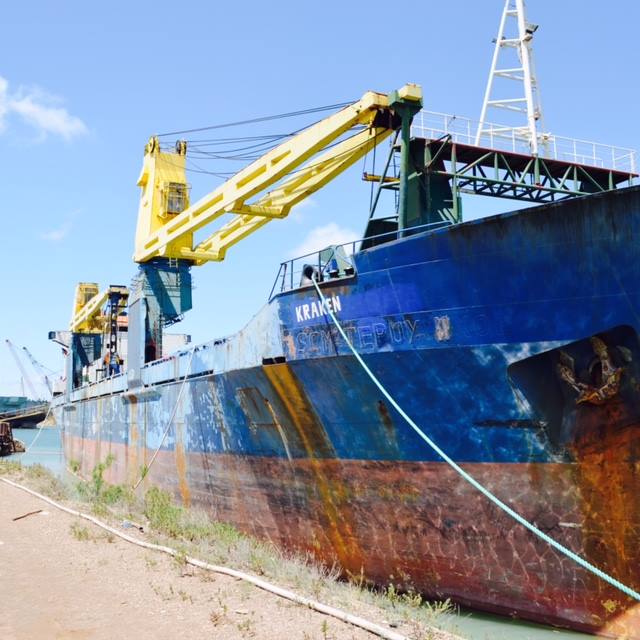Pheasant Hunters May Expect Successful Season
November 17th, 2016This is Passport to Texas
Higher rainfall averages in the Panhandle bode well for pheasant hunters this season.
This year I had actually seen clutches in July and August. The past several years I hadn’t seen any babies at all.
Todd Montandon, a biologist based in Canyon, says the area’s seen successful hatches three years in a row. Even so, pheasant continue to play a game of catch up after years of drought.
The drought really, really did a number to pheasants. 2011 through probably 2013, there just weren’t good nesting conditions at all. There wasn’t any cover. There wasn’t any water on the landscape. Very little insect production. So, those nests that were successful, the chicks just didn’t make it to adulthood, because they couldn’t find enough food.
Despite the lower numbers of the game bird, Montandon says there are enough adults on the ground for a successful hunt, if you know where to go.
Typically, we’re probably going to see the best numbers around the Dalhart, Perryton, Stratford, Gruver areas. The Herford area also holds quite a few birds, and I’ve seen some hatchlings over there this year. And then as you get down around Tulia and Plainview it starts tapering off.
Pheasant season runs December 3 through January first. Based on current surveys, the recommended bag limit is three per day. Find more information on the Texas Parks and Wildlife website.
The Wildlife Restoration program supports our series.
For Texas Parks and Wildlife…I’m Cecilia Nasti.







 Passport to Texas is a
Passport to Texas is a  Passport to Texas is made available by:
Passport to Texas is made available by: